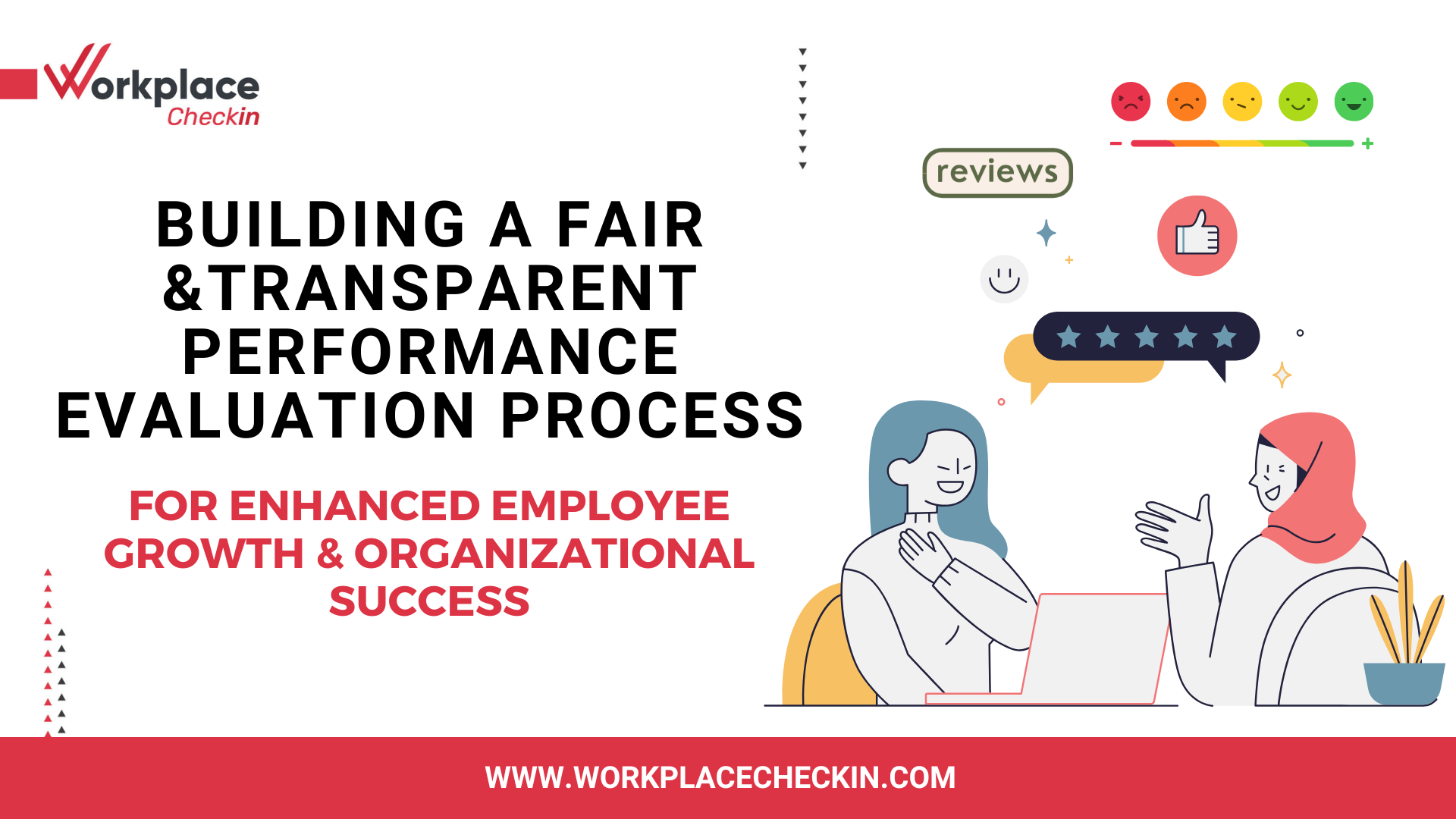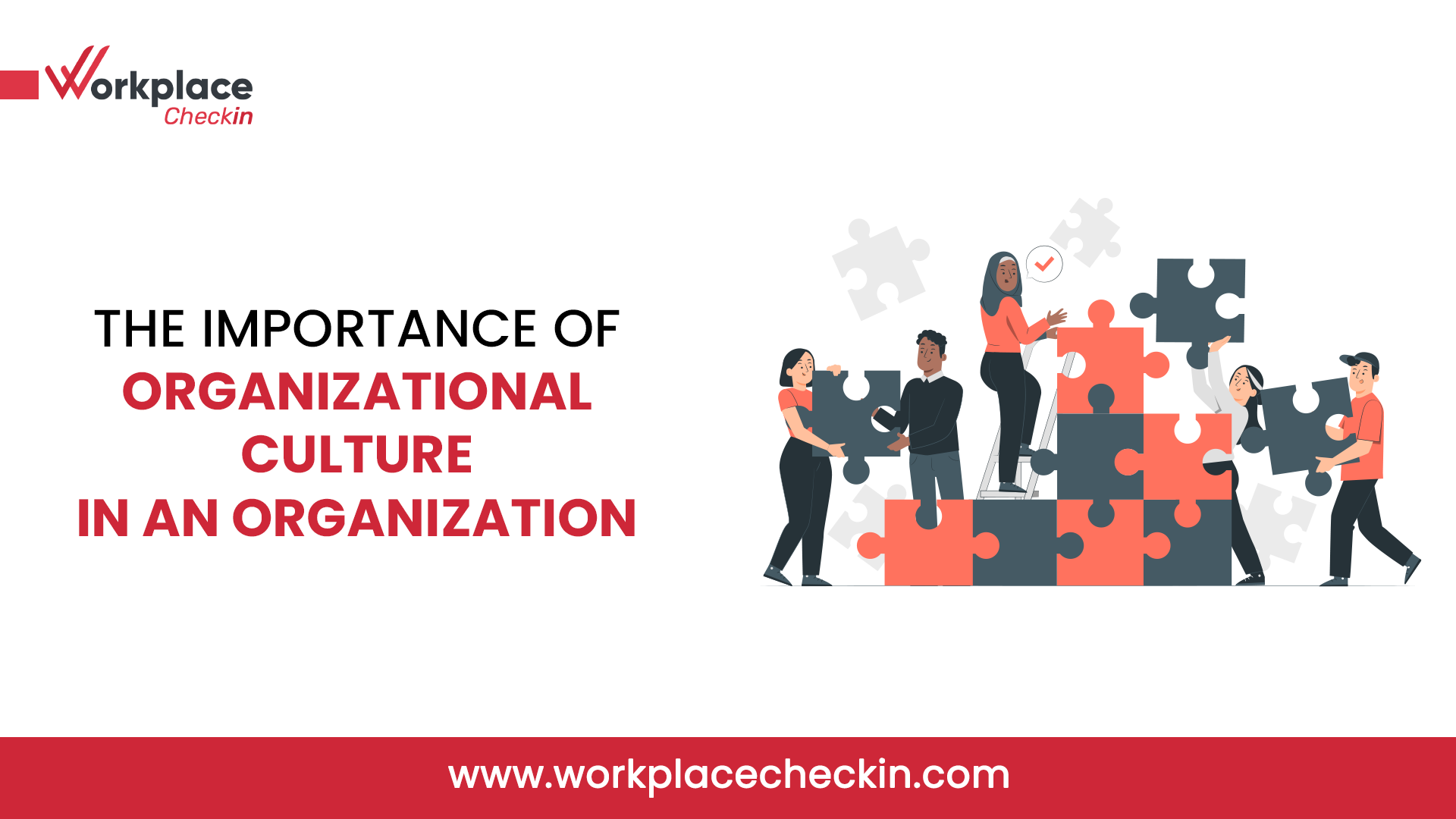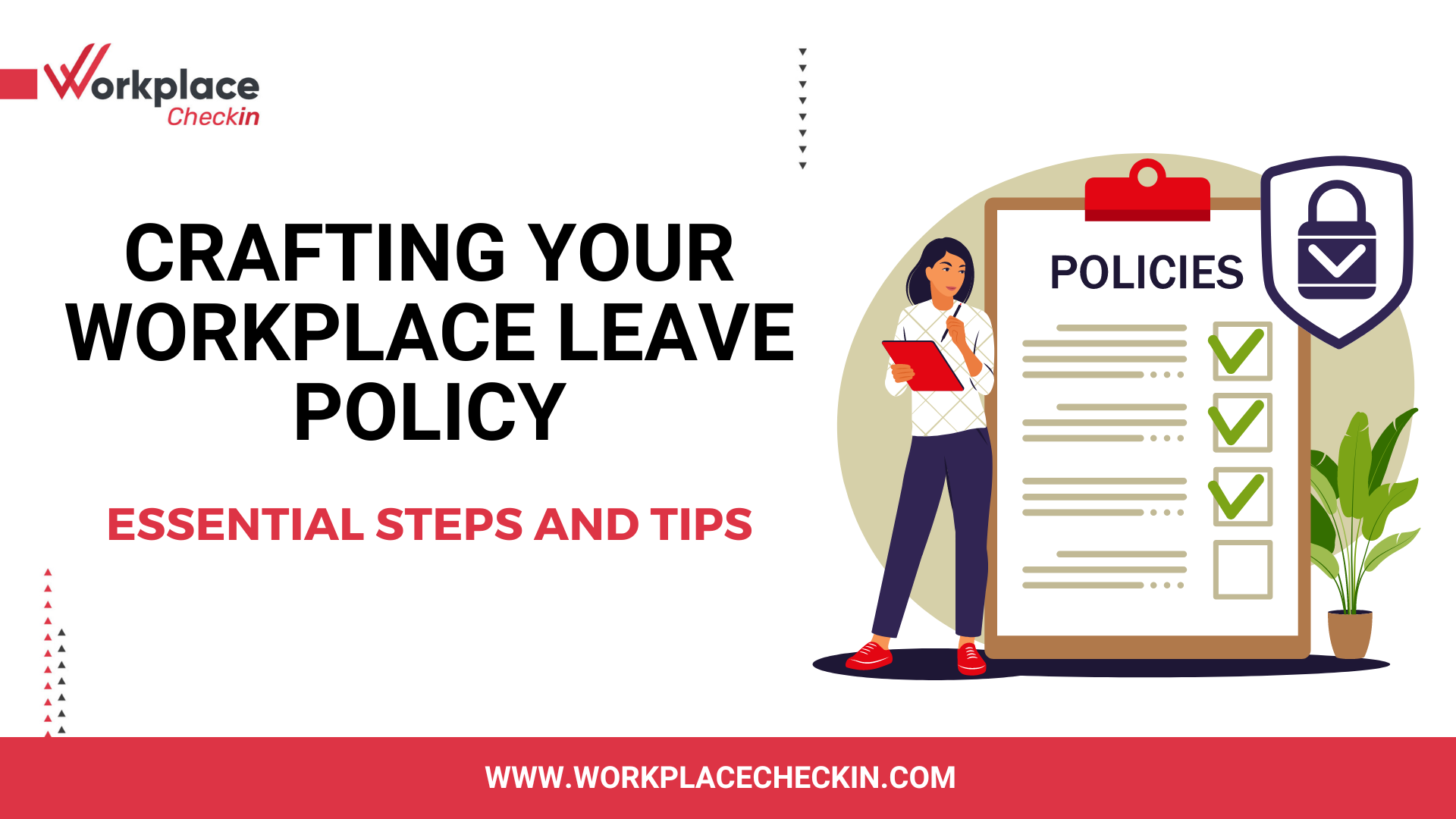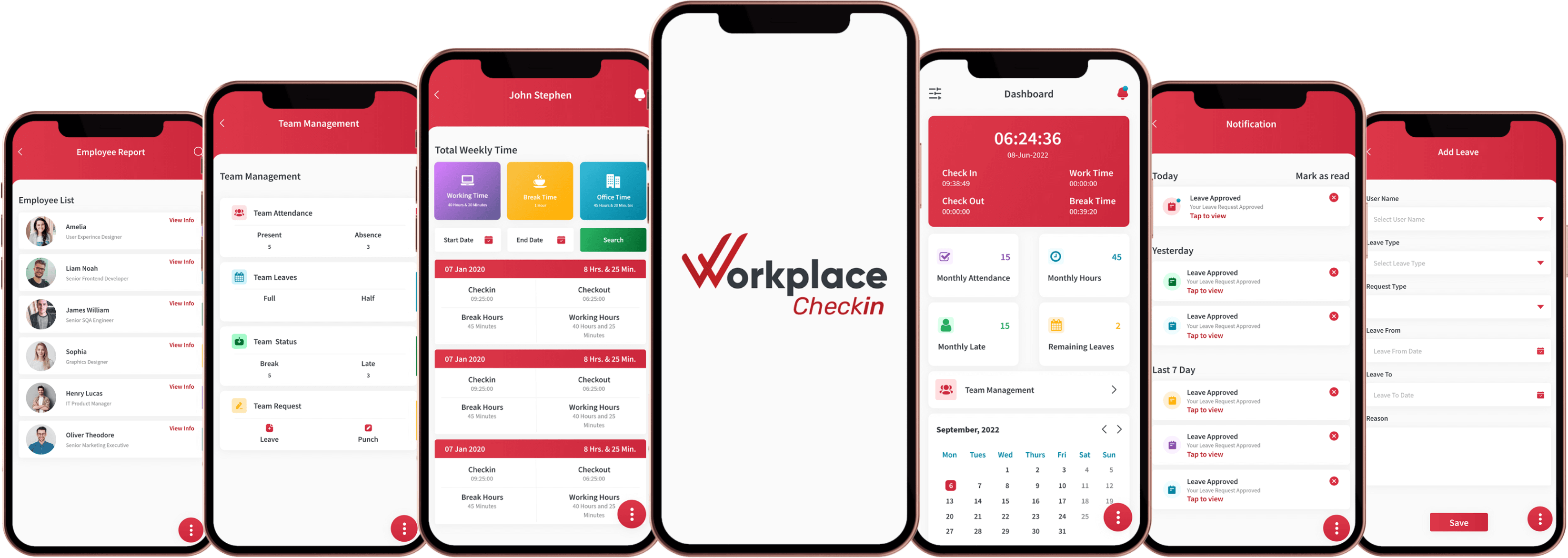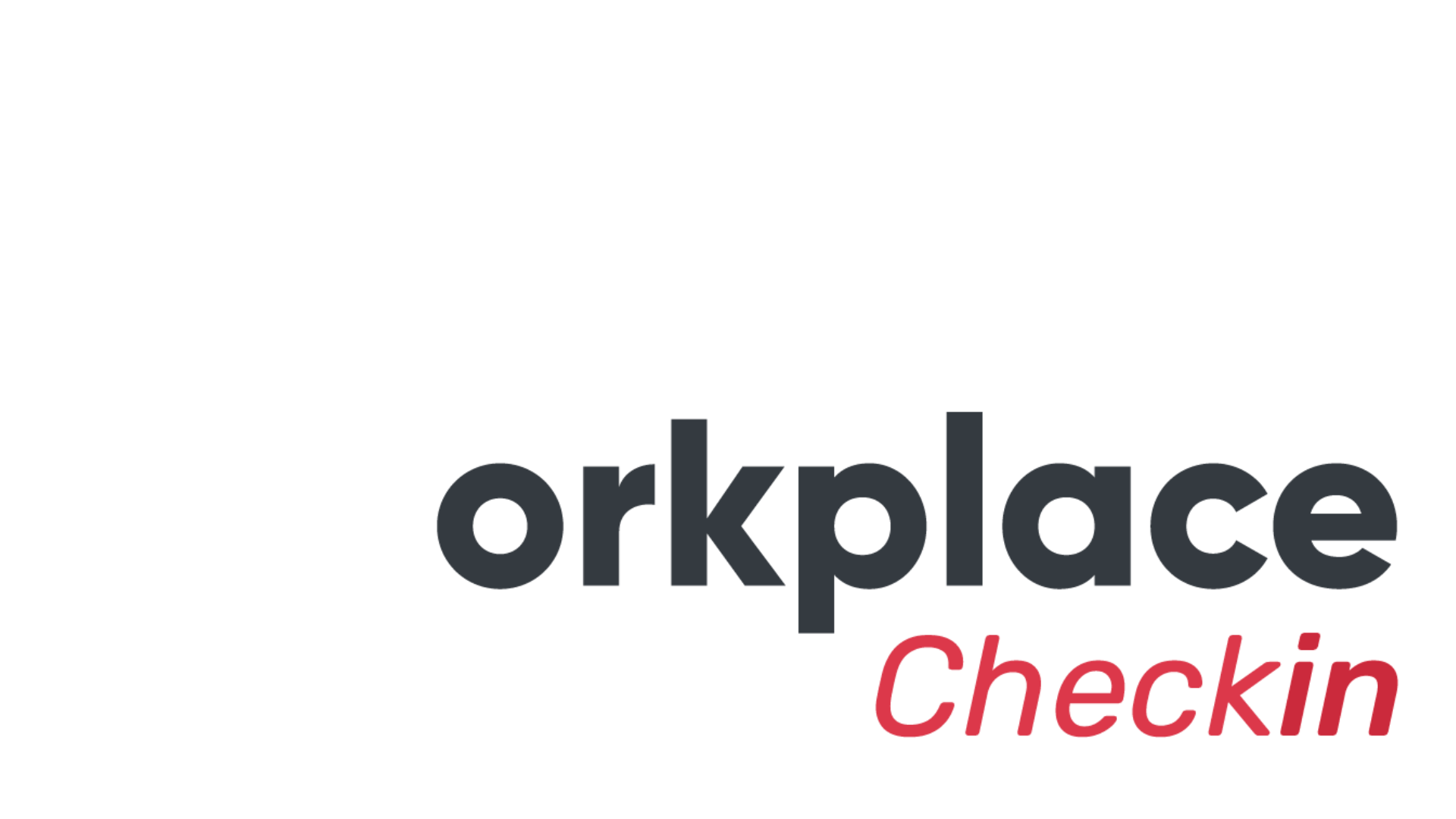

Conflict Resolution in a Diverse Workplace - Strategies for Addressing and Resolving Conflicts
Introduction
Company X, a thriving tech startup, is known for its innovative ideas. It has a talented team of individuals with diverse backgrounds. However, this diversity also meant varying perspectives and potential conflicts. One day, a group of members from different departments found themselves locked in a heated debate about the project's direction. Tensions were high, and the project's success was hanging by a thread.
This conflict scenario at Company X is not unique. It's a scene that unfolds in many organizations. But what sets top companies apart is their ability to effectively address and resolve these conflicts. How conflicts are handled can make or break a company's success.

Conflicts are a natural part of any workplace. In a diverse environment, they can arise more frequently than ever before. Conflicts arise from differences in personalities, work styles, opinions, and sometimes even simple misunderstandings.
It is human nature to disagree, and having different opinions and approaches is okay. But, what is not okay is letting these conflicts go unresolved and turn into something much worse: A TOXIC WORK CULTURE.
With the advent of diverse work environments, effective conflict resolution has become a crucial skill for both employees and managers. In this blog, we'll explore the intricacies of conflict resolution in today's workplace, drawing on real-life examples from successful companies and supporting our insights with relevant statistics.
The State of Workplace Conflicts
Before diving into strategies for conflict resolution, let's examine the current landscape of workplace conflicts. According to a recent survey by the American Management Association, 85% of employees at all levels experience some form of workplace conflict. The same study revealed that unmanaged or poorly managed conflicts cost companies a staggering $359 billion in paid hours in the United States alone.
These statistics underscore the urgency of addressing workplace conflicts effectively. The good news is that practical strategies and techniques can be applied to constructively resolve disputes.
Strategies for Conflict Resolution –With Real-Life Examples:
Mediation and Facilitation
Mediation or facilitation by a neutral third party can be invaluable when conflicts escalate, and communication breaks down. Mediation and facilitation are distinct processes for addressing conflicts; mediation involves a neutral third party guiding resolution, while facilitation aids group collaboration.
Statistics: A Society for Human Resource Management (SHRM) study found that 72% of organizations use mediation to resolve workplace conflicts effectively.
Google has a structured internal mediation program that encourages employees to resolve conflicts through dialogue. This program has significantly reduced the number of escalated disputes. According to Google's research, teams with high psychological safety were 12% more productive and were more likely to experiment with new ideas.
Conflict Resolution Training
Conflict resolution training equips employees with skills like negotiation, fostering open communication and a culture of respect, making conflicts opportunities for growth and improved relationships.
Statistics: A survey by the Society for Human Resource Management (SHRM) found that organizations that invest in conflict resolution training experience a 52% decrease in workplace conflicts.
Salesforce, a pioneer in cloud-based software, provides conflict resolution training to its employees. They believe equipping their workforce with the skills to address conflicts constructively is vital to maintaining a healthy work environment.
Embrace Diversity and Inclusion
Embracing diversity in the workplace is essential for fostering innovation and creativity, but it can also lead to conflicts if not managed properly. Encourage a culture of inclusion where diverse perspectives are valued.
Statistics: A McKinsey study found that companies with diverse executive boards are 33% more likely to outperform their peers.
Salesforce created an Office of Accessibility to address conflicts related to accessibility and diversity. This initiative resolved conflicts and enhanced the company's reputation for inclusion.
Apple is another tech giant that has excelled in managing workplace conflicts. By fostering diversity within its teams, Apple has embraced a range of perspectives and experiences. This diversity has proven to be a valuable asset when it comes to resolving conflicts, as employees bring various approaches to problem-solving to the table.

Open and Transparent Communication
Picture this: a prominent marketing agency's team leader quickly addressed a brewing conflict among team members. He encouraged an open and honest conversation instead of sweeping it under the rug.
Open and transparent communication is the foundation of conflict resolution. Encourage employees to express their concerns, ideas, and feelings without fear of retaliation. When conflicts are brought into the open, they become easier to address.
Statistics: According to a study by the Economist Intelligence Unit, 71% of senior executives believe that employee engagement and satisfaction improve when senior leadership communicates openly and honestly.
Active Listening
At Amazon, a company known for its commitment to customer service, active listening is a cornerstone of their conflict resolution strategy. Managers are trained to hear what their employees are saying and truly understand their perspectives and concerns.
Statistics: A study by the International Journal of Listening found that active listening can reduce the severity of conflicts by 40%.
Embrace Technology
Picture a startup that uses project management software to streamline its operations. Team members can log their concerns and propose solutions in the system when conflicts arise, allowing for a structured and efficient resolution process.
Statistics: According to a survey by Gartner, 44% of HR leaders are using or planning to use AI and analytics to help with workplace conflict resolution.
Establish Clear Policies and Procedures
One of the largest retail companies globally, Walmart has a comprehensive conflict resolution policy. This policy outlines the steps employees should take when faced with workplace conflicts, ensuring consistency and fairness in the resolution process.
Statistics: A survey by the Employment Law Alliance found that companies with clear conflict resolution policies experience 50% fewer workplace conflicts
Conclusion
In today's ever-evolving work environment, conflict resolution is not just a skill but a necessity. If managed effectively, conflicts can be opportunities for growth and innovation. It can lead to happier, more productive employees and a more successful organization. So, let's take a cue from successful companies and strive for a harmonious, conflict-resilient workplace.
